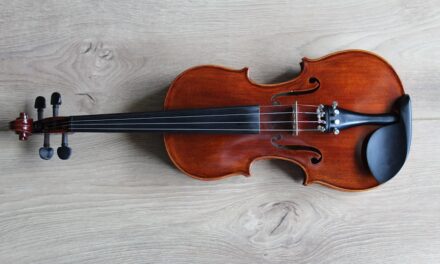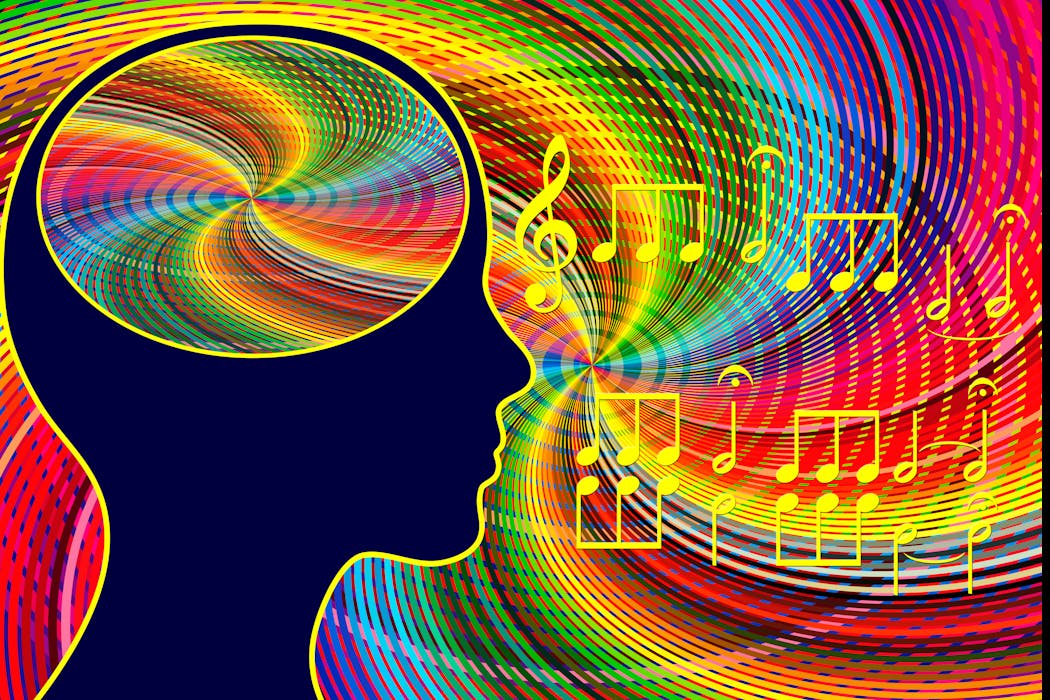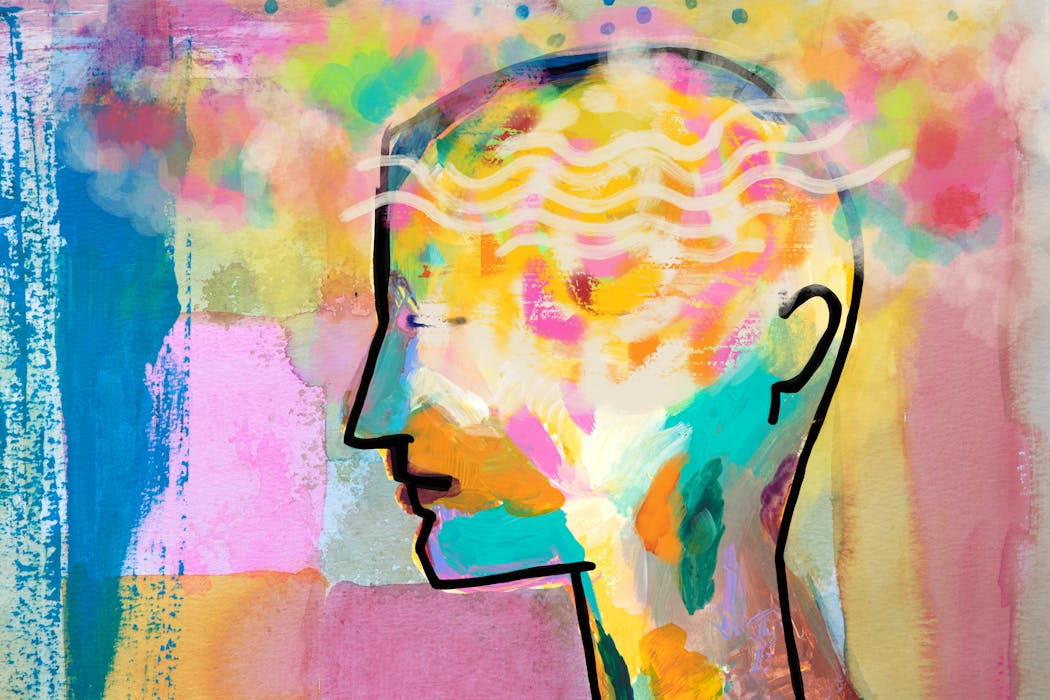Developmental disorders in children are a group of conditions that affect a child’s physical, cognitive, social, and emotional development. These disorders can manifest in a variety of ways, including difficulties with communication, social interaction, and behavior. Some common developmental disorders include autism spectrum disorder, attention-deficit/hyperactivity disorder (ADHD), and sensory processing disorder. These disorders can have a significant impact on a child’s daily life, making it challenging for them to navigate the world around them.
Children with developmental disorders may struggle with academic performance, forming friendships, and regulating their emotions. It is important for parents, educators, and healthcare professionals to understand the unique needs of children with developmental disorders and provide them with the support and resources they need to thrive. While there is no cure for developmental disorders, early intervention and targeted therapies can help children learn to manage their symptoms and lead fulfilling lives.
The Benefits of Art Therapy for Children with Developmental Disorders
Art therapy has emerged as a valuable tool for children with developmental disorders, offering a creative and expressive outlet for them to explore their thoughts and emotions. Through the use of various art forms, such as drawing, painting, and sculpting, children can communicate their feelings and experiences in a nonverbal way. This can be particularly beneficial for children who struggle with verbal communication or have difficulty expressing themselves.
Art therapy provides children with a safe and supportive environment to explore their creativity and develop new skills. It can also help them build confidence and self-esteem as they see their artistic abilities improve over time. Additionally, art therapy can be a source of enjoyment and relaxation for children, offering them a break from the challenges they may face in their daily lives. Overall, art therapy can be a powerful tool for helping children with developmental disorders develop important skills and cope with their symptoms.
How Art Therapy Can Help Improve Social Skills
One of the key benefits of art therapy for children with developmental disorders is its ability to improve social skills. Many children with developmental disorders struggle with social interaction, finding it difficult to connect with their peers and form meaningful relationships. Art therapy provides a structured and supportive environment for children to engage in social activities, such as group art projects or collaborative art-making.
Through these activities, children can learn important social skills, such as taking turns, sharing materials, and working together towards a common goal. Art therapy can also help children develop empathy and understanding for others as they observe and appreciate the unique perspectives of their peers. As children engage in art therapy sessions, they have the opportunity to practice communication and collaboration in a low-pressure setting, which can help them transfer these skills to real-life social situations.
Using Art Therapy to Enhance Emotional Regulation
Emotional regulation is another area where art therapy can be particularly beneficial for children with developmental disorders. Many children with these disorders struggle to manage their emotions, leading to outbursts, meltdowns, or withdrawal. Art therapy provides children with a creative outlet to express and process their emotions in a healthy way. Through art-making, children can explore their feelings and experiences, gaining insight into their emotional states and learning to regulate their responses.
Art therapy can also help children develop coping strategies for managing stress, anxiety, and other challenging emotions. By engaging in art activities, children can experience a sense of calm and relaxation, which can help them regulate their emotions more effectively. Additionally, art therapy can provide children with a sense of control over their feelings, empowering them to express themselves in a constructive manner.
Art Therapy as a Tool for Self-Expression and Communication
For children with developmental disorders, self-expression and communication can be significant challenges. Art therapy offers a unique avenue for these children to express themselves and communicate their thoughts and feelings. Through the use of visual art forms, children can convey complex emotions and experiences that may be difficult to articulate verbally.
Art therapy can also help children develop new ways of communicating, such as using symbols, metaphors, and imagery to convey meaning. This can be particularly helpful for children who struggle with language or have difficulty expressing themselves in traditional ways. By engaging in art therapy, children can build confidence in their ability to communicate and connect with others, fostering a sense of empowerment and agency.
Incorporating Art Therapy into a Comprehensive Treatment Plan
Incorporating art therapy into a comprehensive treatment plan for children with developmental disorders can offer numerous benefits. By integrating art therapy alongside other therapeutic interventions, such as occupational therapy, speech therapy, and behavioral therapy, children can receive holistic support that addresses their unique needs. Art therapy can complement these other interventions by providing children with an additional avenue for self-expression, skill development, and emotional regulation.
Furthermore, art therapy can be tailored to address specific goals and challenges that children may face, making it a flexible and adaptable treatment option. By working collaboratively with art therapists, parents, educators, and healthcare professionals can develop individualized art therapy plans that meet the needs of each child. This personalized approach can help maximize the benefits of art therapy and support children in reaching their full potential.
The Future of Art Therapy for Children with Developmental Disorders
As the field of art therapy continues to evolve, there is growing recognition of its potential to support children with developmental disorders. Research has shown that art therapy can have positive effects on various aspects of child development, including social skills, emotional regulation, self-expression, and communication. As such, there is increasing interest in expanding access to art therapy for children with developmental disorders in educational settings, healthcare facilities, and community programs.
Moving forward, it will be important to continue advancing the evidence base for art therapy through rigorous research and evaluation. This will help further demonstrate the effectiveness of art therapy as a valuable intervention for children with developmental disorders. Additionally, efforts to increase awareness and understanding of art therapy among parents, educators, and healthcare professionals will be crucial in ensuring that more children have access to this beneficial treatment option.
In conclusion, art therapy holds great promise as a supportive intervention for children with developmental disorders. By harnessing the power of creativity and expression, art therapy can help children develop important skills, cope with their symptoms, and thrive in various aspects of their lives. As the field of art therapy continues to grow and evolve, it has the potential to make a meaningful difference in the lives of countless children with developmental disorders.
Find out how Torongo Therapyplus can help you with your needs. Get in touch with us at smile@torongo.life, or call us on 02 8809 9965.































